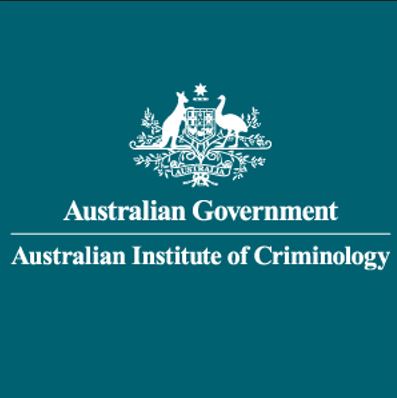Highlighted today in a critical national report into filicide, released by the Australian Government’s Institute of Criminology, was the need for increased investment into adult-focused mental health, substance abuse rehabilitation and domestic violence services with clients as parents, and a focus on their children.
Filicide is the killing of a child by a parent or parent equivalent. Between 2000–01 and 2011–12, there were 238 incidents of filicide in Australia involving the death of 284 children.
According to this new study, approximately one child is killed by a parent in Australia each fortnight. International and Australian research indicates that children aged under five years make up the largest proportion of filicide victims. Infants are at particular risk—between one quarter and one-third of all filicide victims are under one year of age.
More than three-quarters of filicide victims were killed by a custodial parent of which just under one-third were mothers. Fourteen percent of filicide victims were killed by a step-parent and 10% by a non-custodial parent. All step-parent offenders were fathers, as were all but one of the non-custodial parent offenders.
There was no apparent motive for the majority of incidents. But when a motive was known, 66% of filicide incidents were motivated by a domestic argument. Of those cases, 25% were related to the upbringing of the child/children and 18% were related to custodial arrangements.
Emeritus Professor Brown said by intervening early and effectively, the risk of harm to a child can be reduced, parent and family wellbeing can be improved, and the risk of child maltreatment and filicide can drop substantially.
“Many of the perpetrators were found to have suffered from a mental illness (especially among young mothers), domestic violence (inflicted by fathers and step-fathers), parental separation, past child abuse, substance abuse and previous criminal history.”
“Mental health services, general health services, Family Law Courts, criminal justice services, post-separation services and domestic violence services should consider adopting interventions that incorporate greater consideration for the safety of the children of their clientele,” Emeritus Professor Brown said.
“Taking a coordinated, long-term support approach with the much larger number of families in the broader ‘serious harm’ and ‘at risk’ populations will require significantly increased investment if risk is to be reduced for these families and, concomitantly, the event of filicide”
As filicide is difficult to predict, the report points out that intervention strategies should focus on families with multiple risk factors and address the needs of parents as well as those of children at risk.
Tweddle CEO, Ms Jacquie O’ Brien, agreed that at risk populations, especially vulnerable parents with babies, toddlers and children under age 5 would benefit from increased investment.
“Victoria’s three Early Parenting Centres support thousands of at-risk families across Victoria every year. Tweddle’s Residential and Hopes Program staff play a very serious role in not only recognising babies and children who are at risk, but identifying parents with multiple risk factors who are not coping and pose a potential threat to their partners and children” Ms O’Brian said
“Tweddle takes the position of advocating and being the voice for babies and toddlers. Our specialised early intervention parenting programs focus on the preservation, reunification and restoration of relationships where mental health, distress and disruption is taking its toll on a parent’s ability to cope”
The 12-year study was carried out by the Monash University and Deakin University Filicide Research Hub in collaboration with the Australian Institute of Criminology.
Study authors were: Emeritus Professor Thea Brown and Dr Paula Fernandez Arias (Monash University); Dr Danielle Tyson and Dr Adam Tomison (Deakin University); Samantha Lyneham and Dr Samantha Bricknell (Australian Institute of Criminology); and Willow Bryant (National Homicide Monitoring Program).
The report can be found here. For more information visit aic.gov.au

